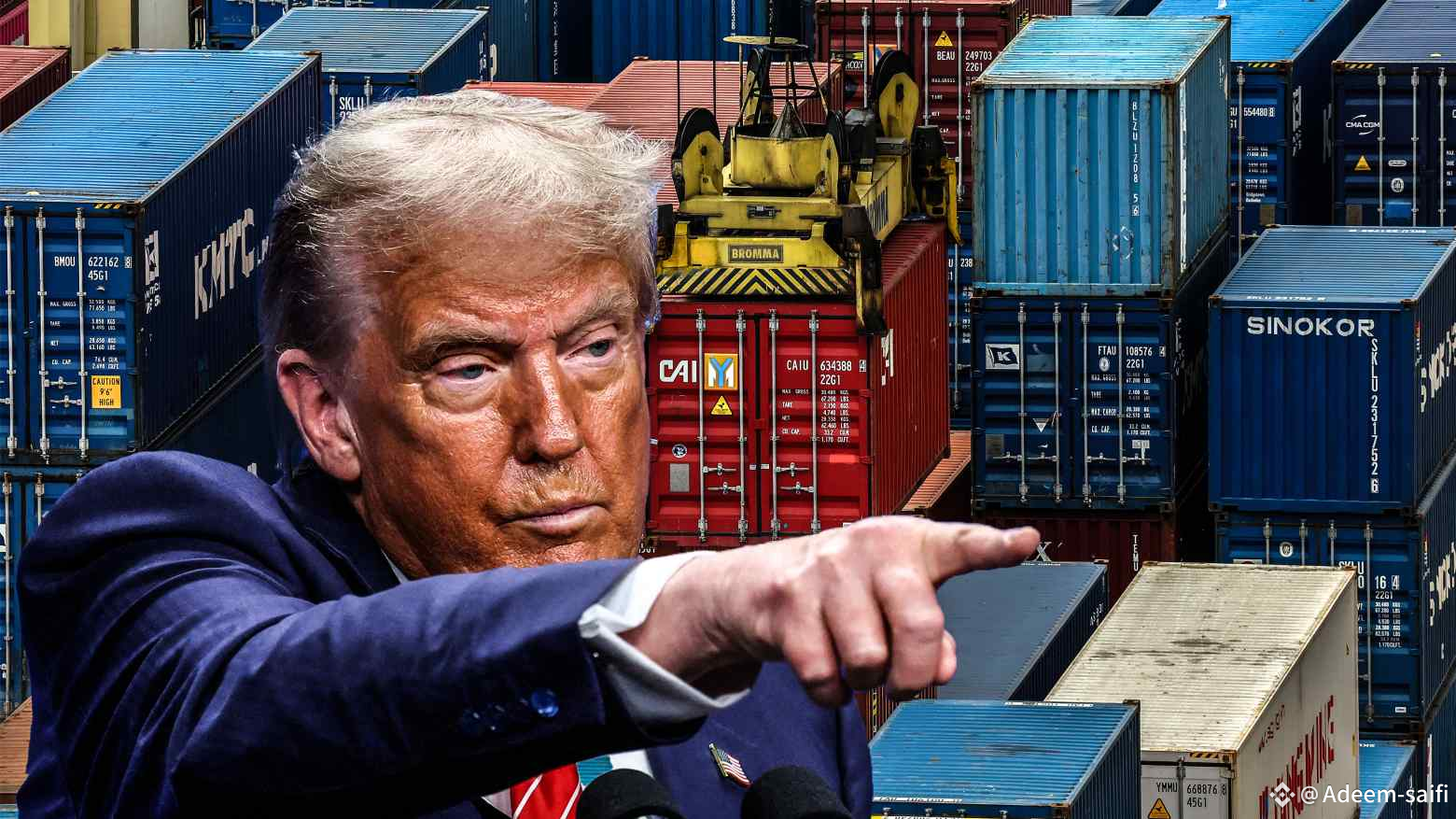Tariffs, or taxes on imported goods, have long been a tool used by governments to protect domestic industries, generate revenue, or exert economic pressure on other nations. In recent years, tariffs have become a focal point of U.S. economic policy, particularly during Donald Trump's presidency. Trump's "America First" agenda led to the implementation of a series of tariffs, primarily targeting China but also affecting key allies like Canada, Mexico, and the European Union. As Trump campaigns for the 2024 presidential election, his tariff policies are once again in the spotlight, with proposals for even broader tariffs if he returns to office. This article explores the history of Trump's tariffs, their economic impact, and the ongoing debate over their effectiveness.
A Brief History of Tariffs in the U.S.
Tariffs have played a significant role in U.S. economic history. In the 19th and early 20th centuries, tariffs were a primary source of government revenue and a means to shield American industries from European competition. However, after World War II, the U.S. shifted toward free trade, championing global agreements like the General Agreement on Tariffs and Trade (GATT) and later the World Trade Organization (WTO) to reduce trade barriers. This trend continued with the signing of free trade agreements, such as the North American Free Trade Agreement (NAFTA) in 1994.
Trump's Tariff Policies
Donald Trump's presidency, beginning in 2017, marked a sharp departure from this free trade consensus. Under his "America First" policy, Trump aimed to reduce the U.S. trade deficit, protect American industries, and bring manufacturing jobs back to the U.S. His administration imposed tariffs on a wide range of goods, including:
Steel and Aluminum: In 2018, a 25% tariff on steel and a 10% tariff on aluminum were applied to imports from Canada, Mexico, the European Union, and other countries.
Chinese Goods: By 2019, tariffs were placed on over $360 billion worth of Chinese imports, sparking a trade war with China, which retaliated by taxing $110 billion in U.S. exports.
Other Products: Tariffs were also applied to solar panels, washing machines, and various other goods.
The steel and aluminum tariffs on Canada and Mexico were later lifted as part of the renegotiation of NAFTA, which was replaced by the United States-Mexico-Canada Agreement (USMCA) in 2020.
The Impact of Trump's Tariffs
The economic effects of Trump's tariffs remain a topic of heated debate, with both positive and negative outcomes highlighted by analysts.
Positive Impacts
Protection of Domestic Industries: Proponents argue that tariffs bolstered industries like steel and aluminum. The U.S. Department of Commerce reported a 1.4% increase in steel production in 2018 and the addition of 3,200 jobs in the steel sector within the first year of the tariffs.
Trade Deal Leverage: The tariffs pressured China into negotiations, resulting in the Phase One trade deal in January 2020, where China committed to purchasing an additional $200 billion in U.S. goods over two years.
Negative Impacts
Higher Costs for Consumers: Critics point out that tariffs increased prices for American consumers and businesses. A Federal Reserve Bank of New York study estimated that the tariffs cost U.S. consumers and businesses $3 billion per month in added taxes and $1.4 billion per month in economic inefficiencies.
Retaliation from Trading Partners: China’s retaliatory tariffs on U.S. agricultural exports, such as soybeans, led to a $27 billion drop in U.S. agricultural exports to China between 2017 and 2019, according to the American Farm Bureau Federation.
Limited Effect on Trade Deficit: Despite Trump’s goal of reducing the trade deficit, it grew from $502 billion in 2016 to $576 billion in 2019, though it declined slightly in 2020 due to the COVID-19 pandemic.
The Ongoing Debate and Future Implications
With Donald Trump running for president in 2024, tariffs are once again a central issue. He has proposed a 10% tariff on all imports and a 60% tariff on Chinese goods if elected. This has reignited discussions about the merits and risks of such policies.
Arguments in Favor
Combating Unfair Trade Practices: Supporters argue that tariffs are essential to address issues like intellectual property theft and subsidies, particularly from China.
- Protecting Jobs: They claim tariffs safeguard American jobs in industries vulnerable to foreign competition.
Negotiation Tool: The renegotiation of NAFTA into the USMCA is cited as evidence of tariffs’ effectiveness in securing better trade terms.
Arguments Against
Economic Costs: Opponents warn that widespread tariffs could raise consumer prices and disrupt global supply chains. The Tax Foundation estimates that a 10% universal tariff could shrink U.S. GDP by 0.7% and eliminate 500,000 jobs, with a 60% tariff on Chinese goods reducing GDP by an additional 0.5%.
Retaliation Risks: Broader tariffs might provoke further retaliatory measures from trading partners, harming U.S. exporters.
Conclusion
Trump's tariffs represent a bold shift in U.S. trade policy, moving away from decades of free trade advocacy toward protectionism. While they have protected some industries and facilitated trade deal renegotiations, their broader economic benefits remain contested. As the 2024 election nears, the debate over tariffs will likely intensify, with significant implications for American consumers, businesses, and the global economy.
